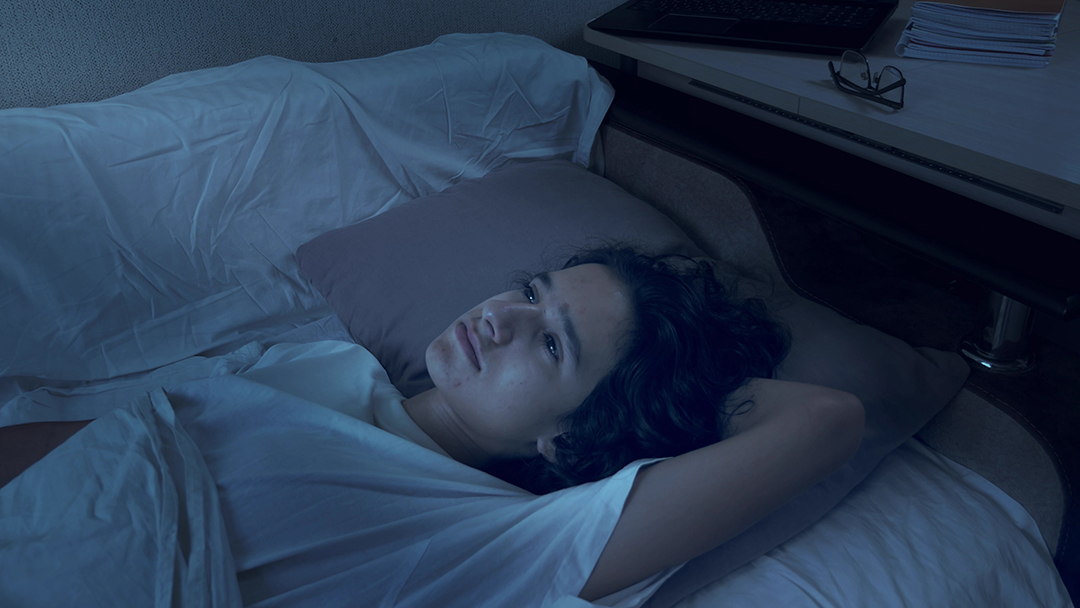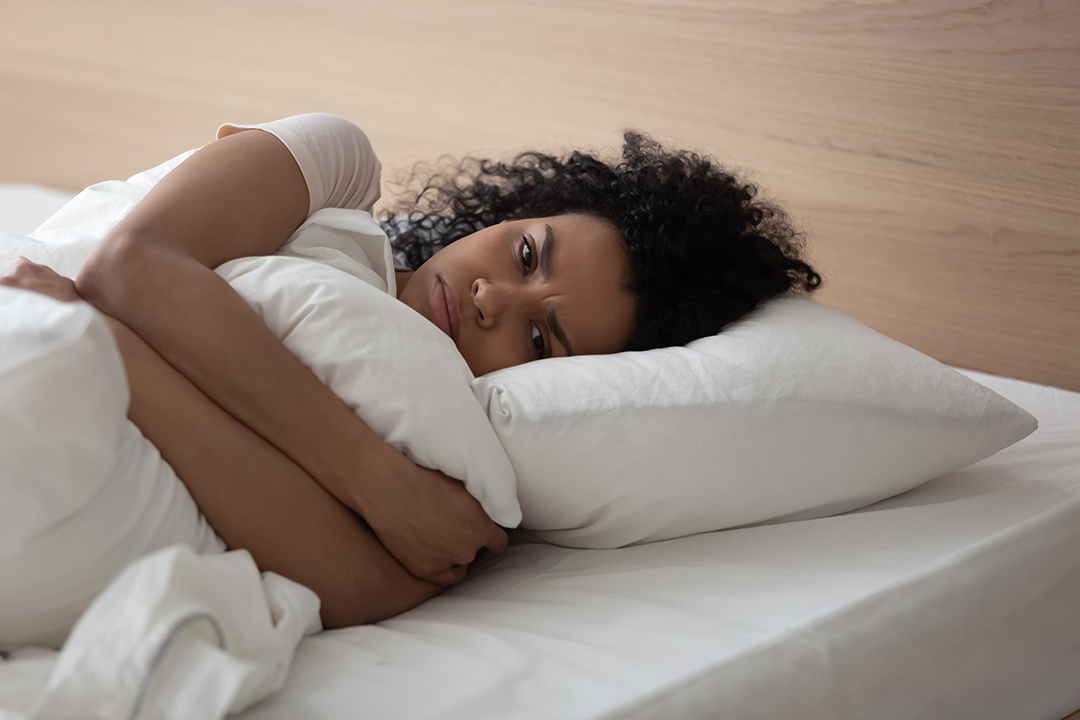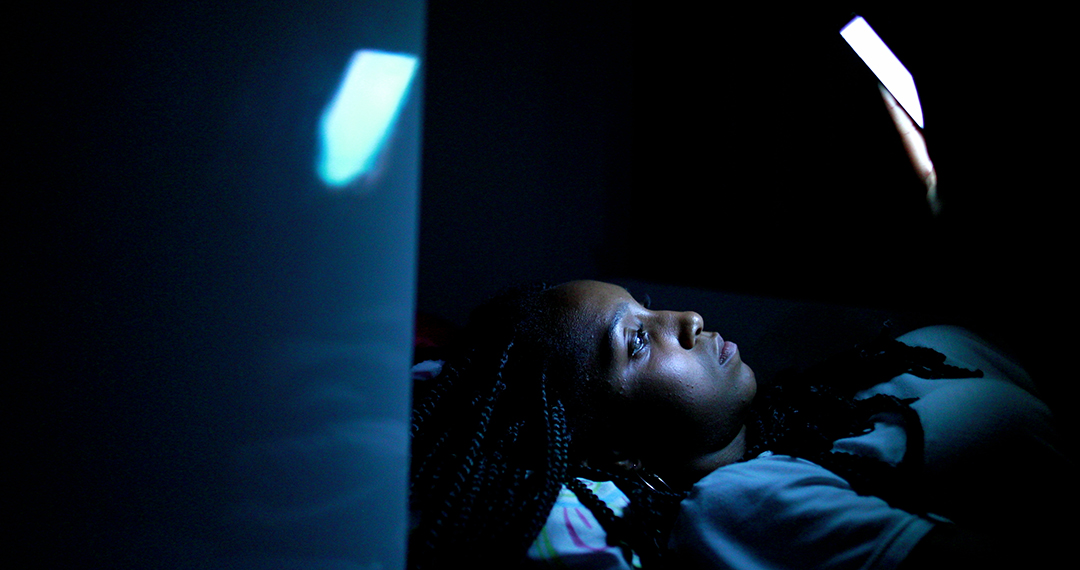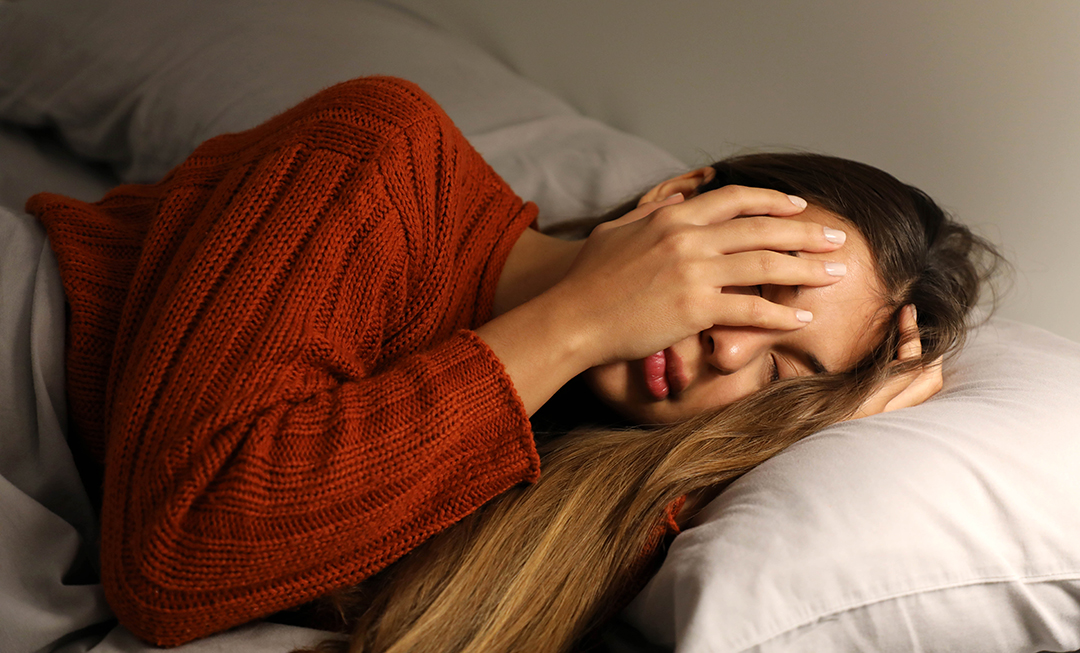A 2024 systematic assessment and meta‑evaluation by Galgut and colleagues highlights that cognitive behavioural remedy for insomnia (CBT‑I) markedly improves insomnia severity and, to a lesser extent, subjective sleep high quality in youngsters. These findings strengthen the proof for providing CBT‑I—delivered face‑to‑face or digitally—as a primary‑line therapy for younger individuals who wrestle to sleep.
Why adolescent insomnia issues
Sleep issues are a typical and chronic subject in adolescence, affecting roughly 8% to 24% of younger individuals (Dohnt et al., 2012; Hysing et al., 2013). The presence of insomnia throughout these essential developmental years is related to a spread of hostile outcomes, together with educational difficulties, emotional well being issues, and elevated threat for psychiatric issues (Li et al., 2018; Lovato & Gradisar, 2014). Whereas cognitive behavioural remedy for insomnia (CBT-I) is well-established because the first-line therapy for adults, its proof base in adolescents has been comparatively restricted. A brand new systematic assessment and meta-analysis by Galgut et al. (2024) addresses this hole, offering up to date insights into how CBT-I interventions carry out for adolescents aged 10 to 19.

Insomnia may have an effect on as much as one in 4 adolescents and might have lasting results if left untreated.
What the brand new proof reveals
Cognitive behavioural remedy for insomnia (CBT-I) is a multicomponent intervention that integrates psychoeducation, behavioural methods, and cognitive strategies. Behavioural parts embrace stimulus management, sleep restriction, and rest coaching, whereas cognitive parts goal unhelpful beliefs and attitudes about sleep that contribute to fret and hyperarousal (Morin et al., 1999; Ree et al., 2017). This mixture goals to interrupt the vicious cycle that maintains insomnia signs.
Galgut et al. (2024) systematically reviewed 5 randomised managed trials (RCTs) involving adolescents with insomnia and performed a meta-analysis on 4 of them, together with 527 individuals. The research diversified in supply format, starting from face-to-face remedy to self-guided digital programmes. Regardless of these variations, CBT-I persistently demonstrated optimistic outcomes, with a big impact dimension for enhancing insomnia signs (Hedges’ g = 1.04) and a average impact dimension for enhancing subjective sleep high quality (Hedges’ g = 0.4).
Importantly, all included trials in contrast CBT-I to a management situation. Management teams diversified throughout research and included waitlist, therapy as traditional, sleep hygiene schooling, research expertise coaching, or informational textual content messages. These comparisons help the conclusion that CBT-I provides better enhancements in insomnia signs and subjective sleep high quality than no intervention or fundamental psychoeducation alone.
Methodologically, the assessment adopted PRISMA pointers and assessed threat of bias utilizing the Cochrane RoB 2.0 software. Whereas the included research diversified in pattern traits, intervention parts, and consequence measures, the authors used applicable meta-analytic strategies to synthesise the info. Nevertheless, some limitations had been famous, together with heterogeneity throughout research and issues relating to the reporting of pre-specified evaluation plans.

New proof reveals CBT-I considerably improves each insomnia signs and sleep high quality in adolescents.
What this implies for follow and future analysis
The findings reinforce CBT-I as an efficient therapy for adolescents with insomnia, no matter whether or not it’s delivered face-to-face or digitally. This flexibility is especially essential for younger individuals, who might favor digital codecs as a consequence of accessibility, autonomy, and stigma issues.
Nevertheless, the assessment additionally highlights key areas for future analysis. As an illustration, subjective sleep high quality, whereas improved, usually remained within the poor vary after therapy. Understanding which particular parts of CBT-I (e.g., sleep restriction, cognitive restructuring) drive the best enhancements might assist optimise interventions. Moreover, extra longitudinal research are wanted to substantiate the sturdiness of results past 12 months.
Clinically, the proof means that psychological well being practitioners ought to contemplate CBT-I as a first-line therapy possibility for adolescent insomnia, mirroring present grownup pointers. On condition that many clinicians lack coaching in CBT-I, there’s a urgent want for wider schooling and dissemination efforts.

CBT-I ought to be thought-about a first-line therapy for adolescent insomnia, with better efforts wanted to broaden entry and coaching.
Ultimate ideas
The systematic assessment and meta-analysis by Galgut et al. (2024) offers rising and sturdy proof supporting the effectiveness of cognitive behavioural remedy for enhancing insomnia signs and subjective sleep high quality in adolescents. Whereas additional analysis is required to refine supply strategies and consider long-term outcomes, these findings contribute meaningfully to the rising recognition of CBT-I as a helpful strategy for supporting adolescent sleep well being.

New proof helps increasing the usage of CBT-I to deal with adolescent insomnia.
The place subsequent?
This workshop, led by famend skilled youngster and adolescent psychiatrist Dr. Jess Shatkin for insights and steerage on managing insomina in youngsters and younger individuals. You’ll achieve a complete understanding of the newest analysis and evidence-based practices, equivalent to Cognitive Behavioral Remedy for Insomnia (CBT-I), which has been proven to successfully enhance sleep high quality and period in adolescents. Plus practical methods for assessing and treating insomnia, together with establishing good sleep hygiene practices and addressing the affect of display time on sleep.
Healthcare professionals attending will improve their expertise in diagnosing and treating sleep issues, achieve insights into how enhancing sleep can positively affect psychiatric functioning and total wellbeing, and contributing to ongoing skilled growth.
Use the interactive programme beneath to achieve an summary of the subject, meet the speaker, check your data, and a complete lot extra!
Battle of curiosity: The writer declares no conflicts of curiosity.
References
- Galgut, Y., Hoyos, C., Kempler, L., Aji, M., Grunstein, R. R., Gordon, C. J., & Bartlett, D. J. (2024). Cognitive and behavioural remedy for insomnia within the therapy of adolescent insomnia: A scientific assessment and meta-analysis of randomised managed trials. Journal of Sleep Analysis. https://doi.org/10.1111/jsr.14442
- Dohnt, H., Gradisar, M., & Brief, M. A. (2012). Insomnia and its signs in adolescents: Evaluating DSM‐IV and ICSD‐II diagnostic standards. Journal of Medical Sleep Drugs, 8(3), 295–299. https://doi.org/10.5664/jcsm.1918
- Hysing, M., Pallesen, S., Stormark, Okay. M., Lundervold, A. J., & Sivertsen, B. (2013). Sleep patterns and insomnia amongst adolescents: A inhabitants‐primarily based research. Journal of Sleep Analysis, 22(5), 549–556. https://doi.org/10.1111/jsr.12055
- Li, Y. I., Starr, L. R., & Wray‐Lake, L. (2018). Insomnia mediates the longitudinal relationship between anxiousness and depressive signs in a nationally consultant pattern of adolescents. Melancholy and Anxiousness, 35(6), 583–591. https://doi.org/10.1002/da.22764
- Lovato, N., & Gradisar, M. (2014). A meta‐evaluation and mannequin of the connection between sleep and melancholy in adolescents: Suggestions for future analysis and medical follow. Sleep Drugs Critiques, 18(6), 521–529. https://doi.org/10.1016/j.smrv.2014.03.006
- Morin, C. M., Hauri, P. J., Espie, C. A., Spielman, A. J., Buysse, D. J., & Bootzin, R. R. (1999). Nonpharmacologic therapy of persistent insomnia. An American Academy of sleep drugs assessment. Sleep, 22(8), 1134–1156. https://doi.org/10.1093/sleep/22.8.1134
- Ree, M., Junge, M., & Cunnington, D. (2017). Australasian Sleep Affiliation place assertion relating to the usage of psychological/behavioral therapies within the administration of insomnia in adults. Sleep Drugs, 36(Suppl 1), S43–S47. https://doi.org/10.1016/j.sleep.2017.03.017


